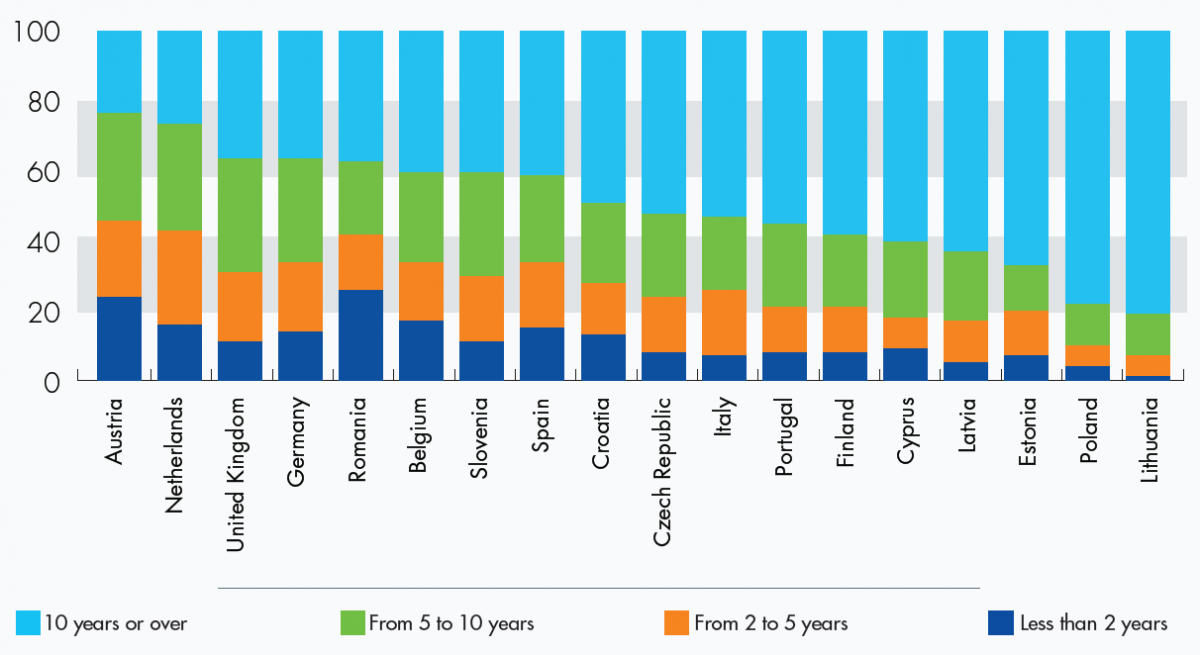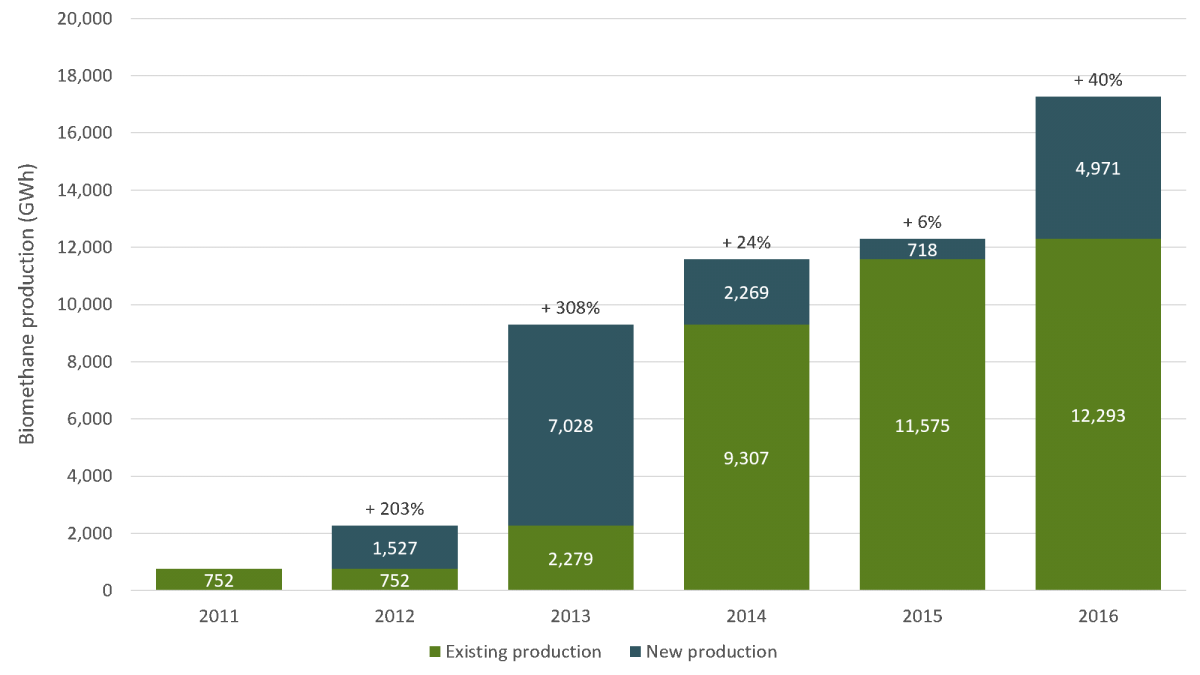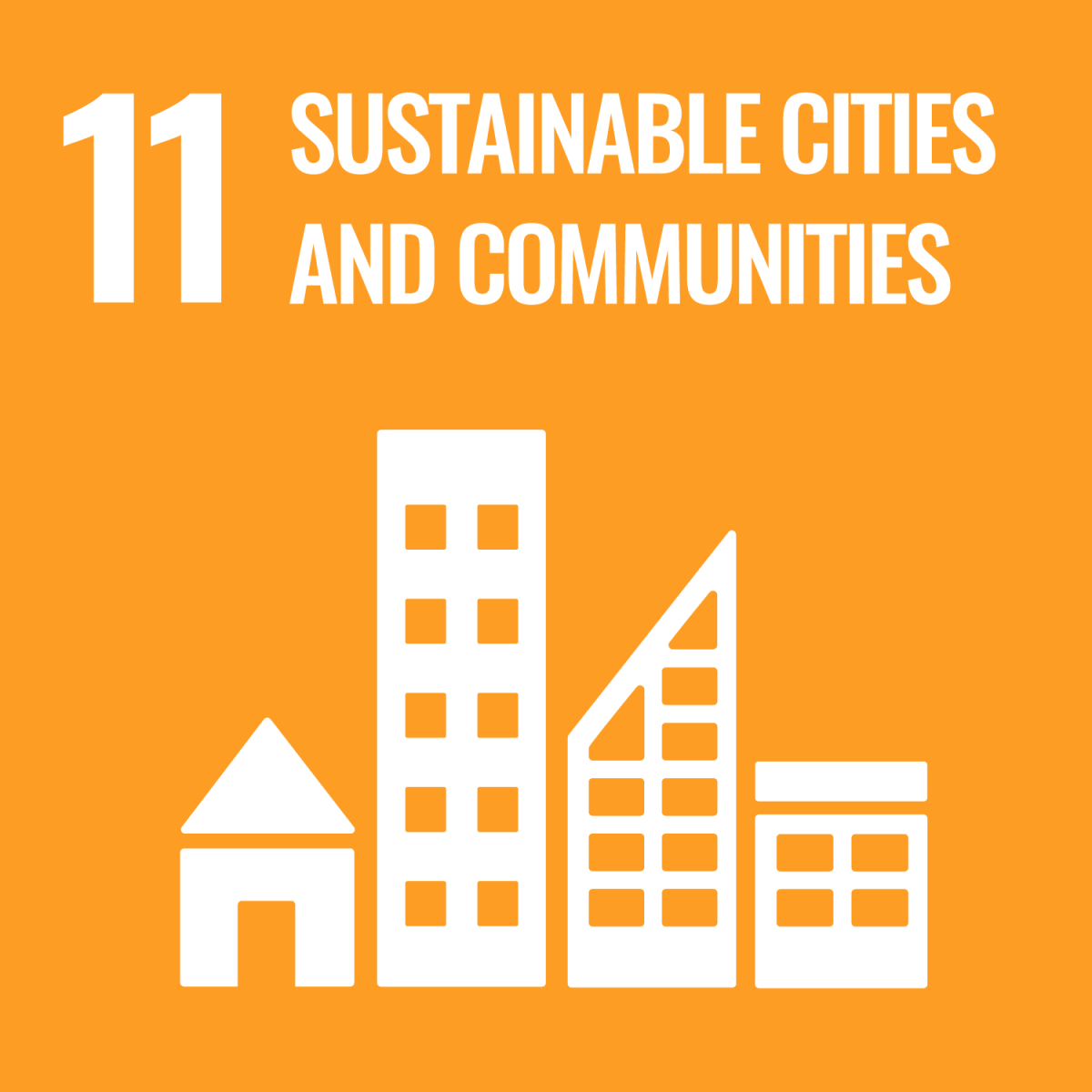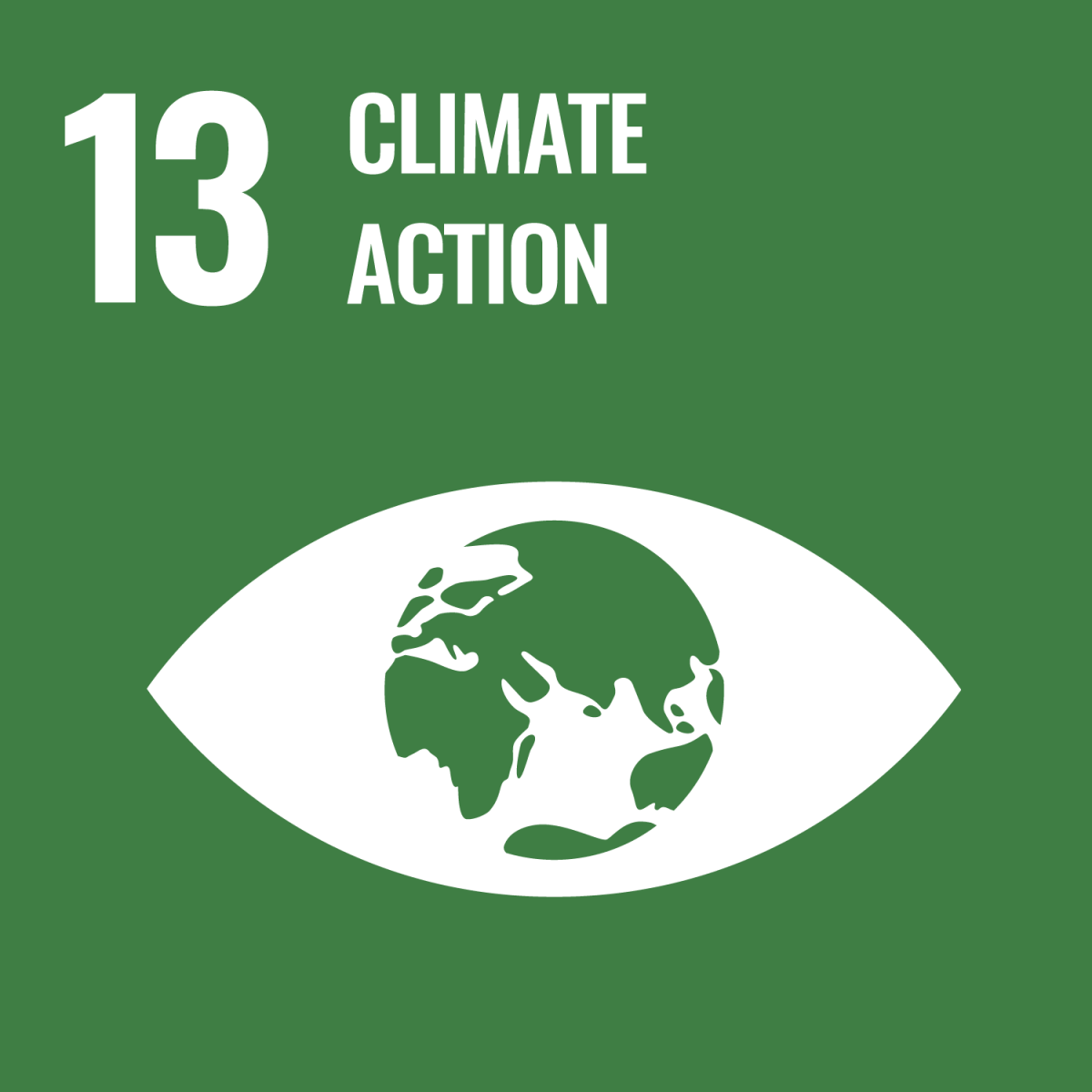From Waste to Biomethane: Fostering Circular Economy Solutions in the Euro-Mediterranean Region
From Waste to Biomethane: Fostering Circular Economy Solutions in the Euro-Mediterranean Region
Michele Ziosi*
“The transition to low-emission mobility is without alternative” reads the first point of the 2017 Declaration of intent on promoting large-scale deployment of clean, alternatively fuelled buses in Europe.[1] This assumption is incontrovertibly true. The need to limit greenhouse gas emissions and contain the threat of global warming, while at the same time restrict the release of pollutants into the air (nitrogen oxides – NOx and particulate matter – PM, above all),[2] have become priority commitments for a majority of states in the international system.
Improved urban mobility and low-emission public transport are expected to make a significant contribution to these processes. The reason is clear: today, 55 per cent of the world’s population lives in urban areas, a proportion that is expected to increase to 68 per cent by 2050.[3] In Europe the figure is already higher, as over 70 per cent of Europeans currently live in metropolitan areas. Yet, while significant differences exist in terms of state capacity, investments and public service provision, such trends are also present in the southern Mediterranean, where 2.5 billion people are expected to live in cities by 2050.
One of the consequences of urbanization is the parallel growth in demand for public transport. This was recently confirmed by the European Environment Agency[4] but is even more evident in those national realities such as Italy where high numbers of private vehicles lead to reoccurring congestion problems, not to mention high levels of air pollution.[5]
In light of growing pace of urbanization and the related increase in public service requirements, it is essential that cities on the northern and southern shores of the Mediterranean be provided with efficient, safe and environmentally sustainable city logistics.
To achieve this goal, it is necessary to encourage the modernization of the vehicle fleet. According to the most recent data, a large share of the over 900,000 buses currently in service in the EU are well over ten years old, a much higher average compared to passenger cars or commercial vehicles.[6] Similarly, the approximately 80,000 buses operating in Algeria,[7] as well as those in most other Middle East and North Africa (MENA) countries, far exceed the average of ten years of utility. This means that many of these buses use engines that cannot guarantee high quality emissions standards in terms of either greenhouse gases or pollutants.
Figure 1 | Age of buses in the EU per country (%), 2011

Source: Nina Nesterova and Ruud Verbeek, “Smart Choices for Cities. Clean Buses for Your City”, in CIVITAS Policy Notes, 2013, p. 10, https://civitas.eu/node/37951.
Replacing obsolete vehicles will have to take into account both environmental criteria and other equally relevant factors such as the need to ensure public service under adverse weather or supply conditions and the importance of using the best technology for each context and service.
For example, electric powered engines have now reached a level of maturity that allows them to achieve excellent performances on urban lines, a sector where brands like Heuliez Bus – part of CNH Industrial since 2013 – have long been successfully operating in Europe, offering the most complete range of fully electric urban buses on the market. On the other hand, for extra-urban services, where a significant recharging autonomy is required, giving priority to other types of technologies seems logical.
More generally, the need to ensure public service even in the face of events such as blackouts or depletion of fuel stocks suggests replacing the current diesel buses (still the vast majority of those in service both in the EU and the MENA) with diversified fleets in which different types of vehicles coexist.[8]
A major role in the new bus fleets could be played by vehicles powered by compressed natural gas (CNG) which can guarantee significant environmental results in terms of emissions and is a reliable and fully mature technology in the field of mobility. However, these results can be exponentially improved using biomethane, a renewable form of natural gas derived from organic matter such as agricultural waste and the organic fraction of municipal solid waste (OFMSW) which can be used to power every CNG engine without any need for mechanical adaptation.
The recent growth in the production of biomethane across the EU, supported also by the converging interests of a supply chain ranging from farmer associations to vehicle and machinery manufacturers,[9] may represent an opportunity to further improve the environmental performance of the fleets of CNG-buses presently circulating on the streets of the Euro-Mediterranean region. In addition to the reduction of pollutant emissions that are typical of CNG-buses, biomethane also drastically reduces the overall level of CO2 emissions (-80 per cent compared to the latest diesel engines).
At the same time, the very nature of biomethane, a renewable fuel created through waste materials, could make it possible to combine the decarbonization of transport with the creation of new models of circular economy for our cities. These technologies can offer alternatives to build up virtuous models which can preserve the environment and at the same time protect the public health of the entire Euro-Mediterranean region.
A successful example of this can be seen in the French city of Lille. Over the last 25 years, the public transport authority has relied almost exclusively on natural gas technology to power its surface vehicles, equipping itself with a fleet of IVECO Bus Urbanway (another CNH Industrial brand) that has now reached over 420 active units. In parallel, Lille Métropole investigated the benefits of the methanization of household waste: a purpose-built waste-processing plant was realized near the city’s principal bus depot to provide biomethane as fuel for the buses.
Figure 2 | Biomethane production in the EU (GWh), 2011–2016

Source: European Biogas Association (EBA), Statistical Report 2017, 2018, https://www.europeanbiogas.eu/?p=9761.
Similar models for a circular economy could be replicated in other Euro-Mediterranean cities and applied to sectors other than public transport. In addition to increasing demand for public transport, population growth in large cities will lead to an inevitable increase in the volume of municipal waste and consequently also in the dimensions of the vehicle fleets that collect it.
This trend will be particularly important for states in the southern Mediterranean. According to data from the World Bank, the area is expected to double the volume of waste produced by 2050 and already by 2030 countries such as Algeria, Turkey and Egypt will produce more waste than Spain, Italy and France respectively.[10] It is therefore essential to reduce the environmental impact produced not only by the waste itself, but also by the collection and management services directly related to it.
For instance, a fleet of IVECO Stralis NP provide waste collection in Haifa, Israel, without compromising the quality of the city’s air thanks to their CNG-powered engines. With a biomethane production plant supplied with agricultural waste from the surrounding countryside or even with the same OFMSW collected by Stralis NP, Haifa – as well as other cities equipped with similar natural gas-powered vehicles – could almost completely decarbonize the collection of municipal waste.[11]
Before these models can be successfully replicated in other cities in the Euro-Mediterranean area, however, it will be necessary to support the spread of know-how and best practices, especially in the rural areas of the MENA.[12]
Within the European Union, where biomethane technologies and related business models are already known, it will be essential to promote a more uniform spread of production plants and, at the same time, support the replacement of buses, trucks and even agricultural equipment with new vehicles powered by natural gas. In the European context, an increase in the use of biomethane as a vehicle fuel could also make a significant contribution in achieving targets set in June 2018 by the Renewable Energy Directive II (14 per cent of renewable energies in the transport sector by 2030).
In 2018, an encouraging example came from Italy – the European leader in terms of the number of vehicles powered by gas – with the signing of the decree promoting the use of biomethane by easing the conversion to biomethane of agricultural facilities producing other types of biogas and providing specific incentives for the use of this fuel in the transport sector.[13]
While such steps are welcome and a significant uptake in interest is detectable at the international level, a true and complete penetration of this renewable biofuel and its concrete contribution to circular economies across the Euro-Mediterranean region will take time to develop. Further efforts and cooperation between public and private actors will be essential, as well as increased political and financial assistance and technical know-how in order to diminish the capability gaps between the two shores of the Mediterranean.
Increased awareness of the environmental, financial and health-related benefits associated with renewable biofuels and circular economies more in general is vital to facilitate the scaling-up of such technologies and it is in this domain that the EU as well as key international organizations, such as the United Nations and others, will be called to act in a decisive manner in the months and years ahead.
* Michele Ziosi is Vice President for Institutional Relations for Europe, the Middle East, Africa and the Asia Pacific at CNH Industrial. CNH is a global leader in the capital goods sector that produces and sells agricultural equipment, trucks, commercial vehicles, buses and other speciality vehicles. This article is part of a special series of IAI Commentaries entitled “Circular Cities in the Mediterranean: Unlocking the Potential for Sustainable Development”.
[1] European Commission website: European Clean Bus Deployment Initiative, https://europa.eu/!WU49Ct.
[2] Estimates point to more than 400,000 premature deaths in the EU each year because of poor air quality. See European Commission DG for Mobility and Transport, European Urban Mobility. Policy Context, Luxembourg, Publications Office of the European Union, March 2017, p. 18, https://doi.org/10.2832/827766.
[3] United Nations Department of Economic and Social Affairs, World Urbanization Prospects: The 2018 Revision, New York, United Nations, 2019, https://population.un.org/wup/Publications.
[4] European Environment Agency (EEA), Passenger and Freight Transport Demand, 22 November 2018, https://www.eea.europa.eu/ds_resolveuid/IND-465-en.
[5] Between 2016–2017 the cities of Naples and Turin experienced a growth in demand for public transport of 10.4 per cent and 7 per cent respectively. See Italian Ministry of Transport, Piano strategico nazionale della mobilità sostenibile (National Plan for the Sustainable Mobility), December 2018, p. 37, http://www.mit.gov.it/node/10721.
[6] Eurostat, Motor Coaches, Buses and Trolley Buses, by Age, https://ec.europa.eu/eurostat/en/web/products-datasets/-/ROAD_EQS_BUSAGE. See also: European Automobile Manufacturers’ Association (ACEA), Fact Sheet: Buses, August 2017, https://www.acea.be/publications/article/fact-sheet-buses; and Vehicles in Use: Europe 2018, January 2019, https://www.acea.be/statistics/article/Report-Vehicles-in-Use.
[7] International Association of Public Transport (UITP), MENA Transport Report 2019, February 2019, p. 30.
[8] UITP, For a Sustainable and Cost-Efficient Clean Bus Deployment: UITP Position on the Revision of Directive 2009/33/EC, April 2018, https://www.uitp.org/node/4429.
[9] Among the most recent examples see the Memorandum of understanding for the development of biomethane in the Italian transport sector. See: Snam, CIB, Confagricoltura, Eni, FPT Industrial, IVECO, New Holland and Snam: Agreement for the Development of Biomethane in the Italian Transport Sector, 18 April 2019, https://www.snam.it/en/Media/Press-releases/2019/cib_confagricoltura_eni_fpt_industrial_iveco_new_holland_snam_agreement_biomethane.html.
[10] Silpa Kaza et al., What a Waste 2.0. A Global Snapshot of Solid Waste Management to 2050, Washington, World Bank, 2018, http://hdl.handle.net/10986/30317.
[11] The development of new CNG/biomethane powered vehicles such as the latest New Holland Agriculture tractors and the CASE Construction’s concept loader Tetra offers the opportunity to replicate these initiatives in many other economic sectors.
[12] There is also development potential in regions adjacent to the Euro-Mediterranean basin, such as sub-Saharan Africa; for example, Côte d’Ivoire signed agreements in 2018, and again in 2019, to purchase more than 700 IVECO Bus natural gas vehicles, a fleet even larger than that of the French city of Lille.
[13] Italian Ministry of Economic Development, Decree of 2 March 2018: Promozione dell’uso del biometano e degli altri biocarburanti avanzati nel settore dei trasporti, https://www.gazzettaufficiale.it/eli/id/2018/03/19/18A01821/SG.


-
Details
Rome, IAI, October 2019, 6 p. -
In:
-
Issue
19|55



